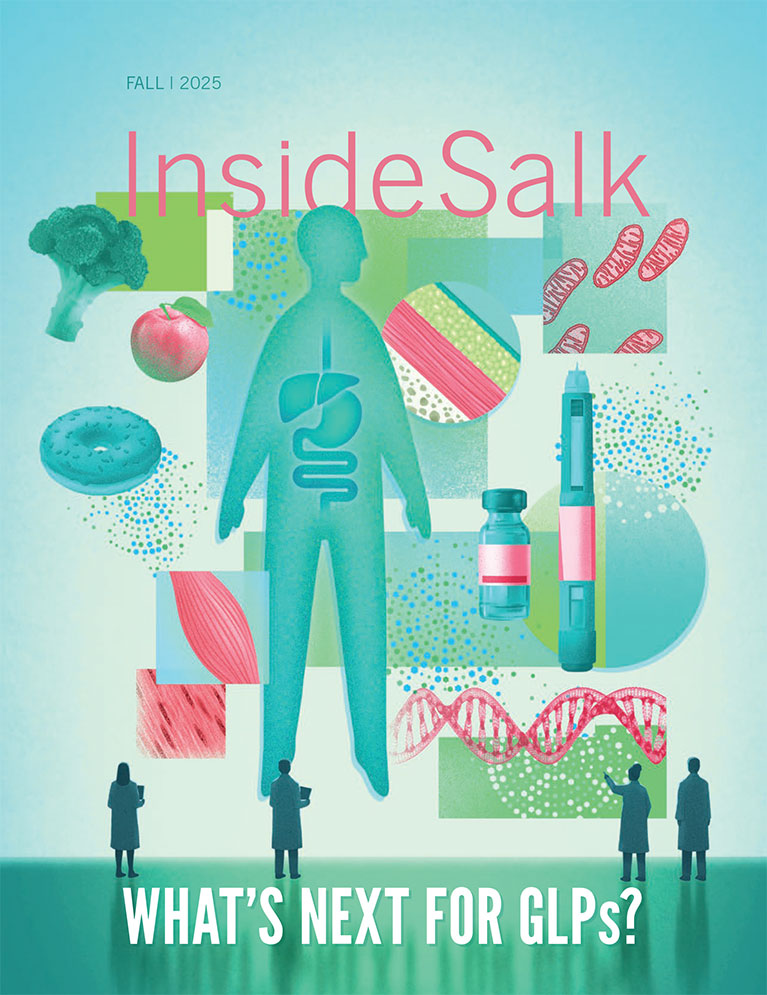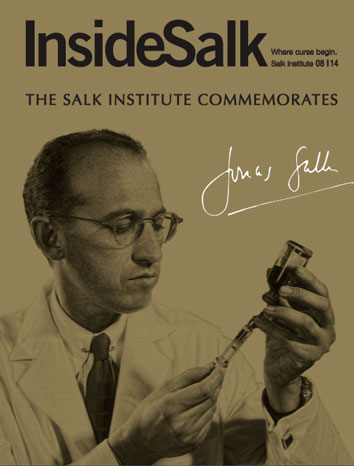Scientists at the Salk Institute and The Scripps Research Institute (TSRI) discovered two enzymes that could someday be targeted to treat type 2 diabetes and inflammatory disorders, as detailed in Nature Chemical Biology on March 28, 2016.
The discovery is unusual because the enzymes do not bear a resemblance—in their structures or amino-acid sequences—to any known class of enzymes, according to co-senior authors Alan Saghatelian, Salk professor, and Benjamin Cravatt, chair of TSRI’s Department of Chemical Physiology.
These “outlier” enzymes, called AIG1 and ADTRP, appear to break down a class of lipids Saghatelian uncovered in 2014 called fatty acid esters of hydroxy fatty acids (FAHFAs). Saghatelian had found that boosting the levels of one FAHFA lipid normalizes glucose levels in diabetic mice. In principle, inhibitors of AIG1 and ADTRP could be developed into FAHFA-boosting therapies that reduce inflammation as well as improve glucose levels and insulin sensitivity.
The labs are collaborating on further studies of the new enzymes and potential benefits of inhibiting them in mouse models of diabetes, inflammation and autoimmune disease.
Read News Release Read More























































